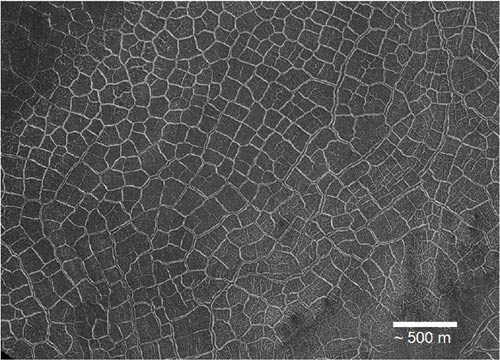OF THE
TIMES
I've had enough of someone else's propaganda. I'm for truth, no matter who tells it. I'm for justice, no matter who it's for or against. I'm a human being first and foremost, and as such I am for whoever and whatever benefits humanity as a whole.
Both should be fired, but Jean-Pierre definitely. She is arrogant , ill-informed , and rude to reporters.
"Look him in the Eyes.....Nonsense. . how do I read that ? I read it as it written, as if it said, "look him in the eyes and tell him you really...
the only people who should be working for Biden are Doctors and Nurses.
Just look at the greeny co leader Lorna. Has Dyke written all over it. They're watermelon through and through too. Don't go in to coalition with...
Japan's Most Senior Oncologist, Prof. Fukushima Condemns mRNA Vaccines as 'Evil Practices of Science'"...This isn't science! It's more akin to...
To submit an article for publication, see our Submission Guidelines
Reader comments do not necessarily reflect the views of the volunteers, editors, and directors of SOTT.net or the Quantum Future Group.
Some icons on this site were created by: Afterglow, Aha-Soft, AntialiasFactory, artdesigner.lv, Artura, DailyOverview, Everaldo, GraphicsFuel, IconFactory, Iconka, IconShock, Icons-Land, i-love-icons, KDE-look.org, Klukeart, mugenb16, Map Icons Collection, PetshopBoxStudio, VisualPharm, wbeiruti, WebIconset
Powered by PikaJS 🐁 and In·Site
Original content © 2002-2024 by Sott.net/Signs of the Times. See: FAIR USE NOTICE

Maybe they are remnants of an ancient city and we are seeing the roads? Maybe....